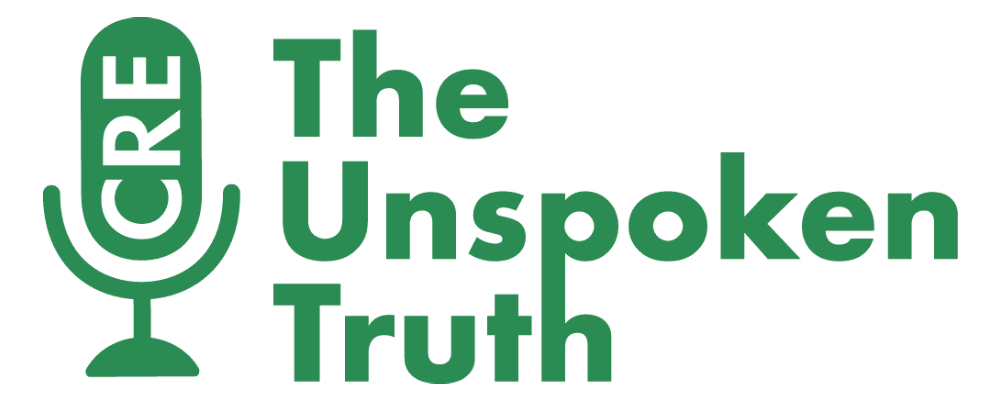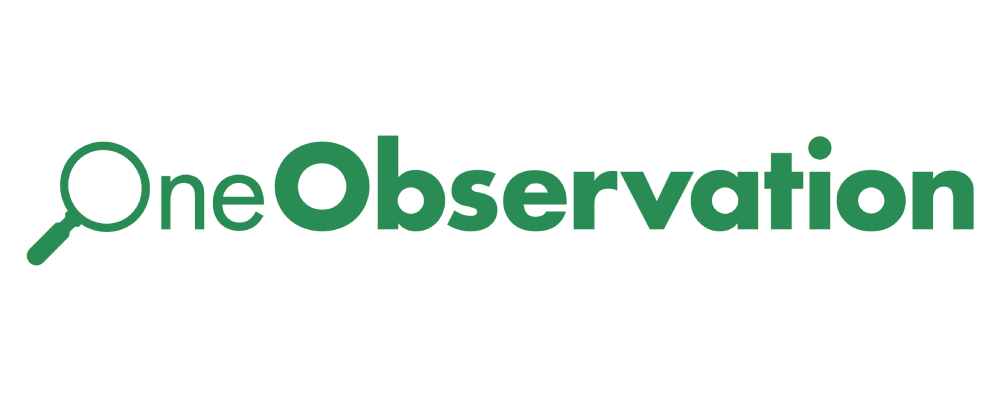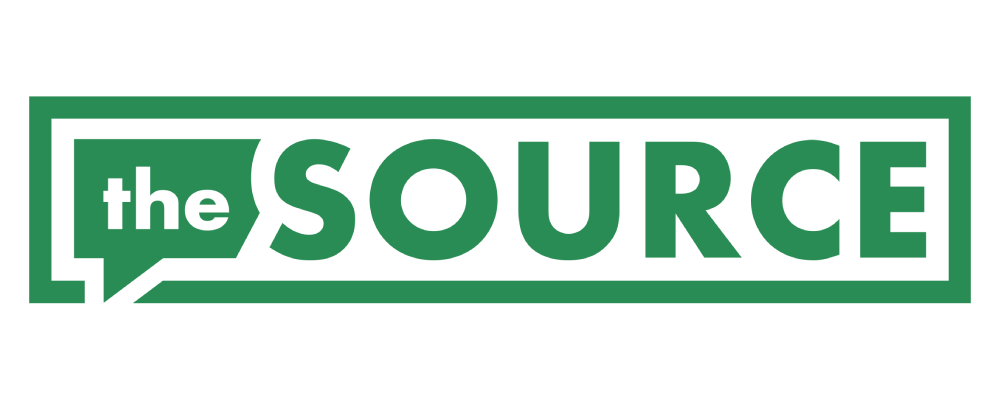June’s SIOR Report magazine had a nice article on data mining for commercial real estate professionals. We found it insightful, not just because we are in the CRE data business, but because we are seeing the value this data provides our clients.
Data is everywhere, but on its own it’s useless. Turning that data into actionable reports that provide insight is where the true value is. Thankfully, the CRE industry is headed in that direction. When SIORs need solutions, creating their tracking software is not always viable, and spending money on collecting additional data. However, the tide is turning, and more tools are quickly becoming available to all CRE professionals.
If you are interested, please read more below.
Charlie Coppola
Mining for Data
Jun 17, 2022
SIOR Report
Advanced Technologies Enable SIORs to Provide Clients with More Detailed Market Analysis
Through data mining, SIORs are not only gaining an even greater understanding of market trends, but they are also differentiating themselves from the competition.
In recent years—especially since COVID-19 reared its ugly head—SIORs have been using data mining as an effective research and marketing tool. That mining has led to the discovery of “gold”—invaluable information about the market, and reinforcement of their positions as the experts in CRE.
Not only can you collect information about who views your property listing or visits your website, but you can also collect and track typical behaviors and patterns of similar-profiled individuals, and make predictive assumptions about future interests to better market to potential leads.
However, with so many options available, while the market-leading programs are used by the majority of SIORs, there is still variety in both the software they select and how they use it. And the more entrepreneurial SIORs are even developing their proprietary software.
“Everything in our strategy changed, beginning with COVID,” shares Gerard Fennelly, SIOR, president of NAI Fennelly in Hamilton, N.J., who says his programs have been implemented over the past 24 months or so.
“Everything comes down to visual and the internet,” he continues. “As a basic, with Leadfeeder we pull off [data from] people who go to our website.” He also uses additional services through companies such as CoStar and Crexi that offer lead-acquisition options to track all those companies that went on and touched your listing.
Tripp Guin, SIOR, founding partner of TRIPP Commercial LLC in Charlotte, N.C., says he also uses CoreNet Global (which he calls “very valuable,”) LinkedIn and Bloomberg. “ZoomInfo is supposedly the best, with direct cell phone numbers, but I won’t pay for it,” he adds.
“Cherre is a new company that delivers a vast amount of data based upon building addresses,” says R. Scott Martin, CEO/president of InteliGlas Corporation in Pasadena, Fla., which specializes in smart buildings. “We have picked a few data sets for selected addresses, and it is presented in a format for merges and calls. We are finding the information very accurate.” Cherre, a cloud service with a monthly fee, is the only new source that InteliGlas is using, he shares.
“We use Nimble as a CRM,” Martin adds. “It is very flexible and provides unlimited cells to add/merge or map data into. The best part of Nimble is it uses social media to follow the company or person and updates it if a person moves companies.”
Martin considers Cherre, Nimble, and CoStar as his “staples.” “Cherre has unique data sets, while Nimble allows us to merge those data sets and follow the customer via LinkedIn, Facebook, or Twitter—all in one place,” he explains. “And Co-Star [quite simply] has all the market stats.” He notes that he has found no need for “tweaking” software, except for mapping data.
But Andy Westby, SIOR, president and managing broker of Goldmark Commercial Real Estate, Inc., in Fargo, N.D., has gone the “independent” route, investing heavily in proprietary software “that gives us access to data none of our competitors have. We have made data mining and intelligence a core strategy and differentiator for our company in our market,” he shares.
Westby came from a tech background, which included Microsoft and a startup company. “I’m used to working in an environment where access to objective data was commonplace,” he explains.
While Guin says he usually uses the software he purchases “out of the box,” he shares that he customized his ACT program, which he candidly describes as an “old-school” CRM. “Most people have moved onto Sales Force or Hubspot, but I’ve been on it since 1988 and have a ton of data on it,” he explains. “When I got it, another guy helped me customize it; we include lease expiration dates, square feet, and so on.”
Regardless of the software used, it was clear that customizing software to fit your needs and ensuring you use it to the fullest capacity was something everyone agreed on. But deciding which software to start with can still feel overwhelming.
MAKING THE DECISION
Given the wide variety of available programs, how did these SIORs decide which software to use?
“I hear about them through groups like SIOR who discuss these topics regularly, as well as our outsourced administrator in the Philippines; I ask them to explore programs and see if they’re valuable to me,” says Guin.
“We hired a marketing company, and paid a lot of money,” says Fennelly. “When COVID came we couldn’t go door-to-door, so re-targeting became the way to go, and they told me about Leadfeeder.com. For others, our strategy is trial and error.”
“As cloud services developed, we looked at computer software versus cloud-based systems,” Martin recalls. “We decided to test many cloud systems on trial for months. The monthly cost, the flexibility to add additional data, and CRM updates were important for me. Maintaining data is difficult, and a cloud system that helps via social media was appealing. We also have fresh data to make a ‘warm call.’”
“I always liked spreadsheets, data, and numbers,” says Westby. “When I came into real estate, our market was much smaller—a tertiary market—but a large volume of business is done. When I came in as an agent, I was appalled at the lack of data available to people in our market. Every commercial brokerage uses the same platform and inputs all this information into a common platform. I could not believe there was no way to pull data out in aggregate or summary form—a trend line.”
For the first six years, when he worked as an agent, he started manually compiling data every quarter—how much space was available for lease, average asking rates, CAM, etc. “This helped me significantly understand the market and be an expert for my clients,” says Westby. “I started being differentiated when I met with clients.”
Two years ago, when he took over the broker/president role, “I reached back out to my network, sat with a software professional, and in a couple of days hammered out proprietary software to track the activity on a real-time basis,” he shares. “Every single day, the staff has what space is available on the market, how much absorption there is—all at our fingertips whether by phone or PCs; the same thing for sales.”
n larger markets, he continues, there is CoStar. “In our market, we do not have the amount of data that works,” he explains. “We capture every single commercial sale in our county and integrate it into Google Maps. You can look at every type of commercial property and do a comparable search.”
USING THE DATA
SIORs, by and large, are pleased with the results they have achieved through data mining. “Brokerage is marketing, maintaining your reputation, and continuing to close transactions,” notes Martin. “In the property tech arena, the massive amounts of data being pieced together to share our results has been ongoing. We are earning market share slowly, and eventually, we’ll have a nice evaluation to spur the company further with the use of private equity.”
“Time management spells success to a broker, and a good CRM system helps you to do that. It allows me to remove my mind from the process.”
“ACT does the work for me; it’s been consistent over the years,” adds Guin. “Time management spells success to a broker, and a good CRM system helps you to do that. It allows me to remove my mind from the process. By outputting everything to my CRM, when the day is done, I’m able to close my computer until the next day. When I open it up, it tells me what’s important, and what is minor; it’s all there ready for me.”
As for the data he collects, he continues, “I share that with other prospects.” Soon, he says, he’ll be doing his first quarterly market report.
For Westby, his investment in a proprietary system has been “worth every single penny; the return has been phenomenal. It helps educate clients, and to differentiate us in the market. No other broker has spent the time and money we have.”
His phone, he continues, is ringing more, and “in a competitive situation I can showcase this software, and I rarely lose; my batting average is very high.”
“We do just as much or more revenue with half the team, and I believe a big part of that is our investment in data analysis.”
The software was formally launched in the first quarter. “If you look at it on a per agent basis, our revenue has nearly doubled,” he reports. “We’re a smaller brokerage—about 12 people. We do just as much or more revenue with half the team, and I believe a big part of that is our investment in data analysis.”
FINDING NEW SOLUTIONS
With new apps consistently coming out, as well as the ability to create apps of their own, sometimes SIORs find solutions to problems they’ve been battling for quite a while. For instance, notes Fennelly, drilling down is “laborious.” “They all give you data sources to target—and re-target. Those are really good leads; the targets are really good, but the next level is [not needing to] do it manually. AI is certainly that next step.”
The problem, he explains, is determining what is good data and what is bad. There are marketing companies who scrape the data, but they charge quite a bit. What will help solve the problem? “Time and searching for the right company,” he says (until AI brings a solution).
There is another tech problem he seems to have solved. “When I go into this deeply, I say I need to really hammer visuals,” says Fennelly, who says that has been a struggle. The visuals, he explains, “were too flat—not 3D images. The next level is hiring video people, but the problem is production—it takes too long to provide film when you can get fired in 30 days.”
Then, he shares, Matterport came along. “You can get a camera for $3,000, start shooting, and in 24 hours you have complete film,” he says. Matterport, he notes, first hit big in the South, where he had a contact that said, “You gotta get this thing.” “You use a QR code, and post it up on your site, and boom—they get the film,” Fennelly explains. “People can do walk-throughs on their phones. It saves time from the start to the finish of the transaction. The internet and Matterport are really symbiotic.”
Martin, through the help of SIOR, identified a need in offering single-platforms to office building stakeholders, so he used data collection to create a new business in prop tech. “The goal is to operate office buildings autonomously,” he explains, sharing that the business was created about three years ago. “To do this we created predictive analytic subsets for weather, occupancy, HVAC, lighting, elevators, irrigation, and anomaly detection within each subset. The data collection is from sensors, BMS, and other devices that are aggregated and layered for rules, machine learning, and artificial intelligence. The results are major energy savings, health, risk reduction, and sustainability.” With COVID-19 nearing its plateau, and many new “green” mandates coming into the picture, he says, the company is “starting to break out.”
VALUE WILL ONLY INCREASE
SIORs are keenly aware of the value of data mining and look forward to expanding their use of this high-tech strategy going forward. “The prop tech business of mining data has become about quality of data and the relationship between data subsets, which seem to grow deeper and richer,” says Martin. “Scrubbing data and sorting it into useful pieces is where we are finding value and results for customers. It is growing more effective every day. It’s not just the collection of data; it is the presentation and ability to harness the data for a positive result.”
Guin says he plans to generate more market reports “as touchpoints for clients and prospects, and we’ll also try and expand our modeling of how we help clients by reviewing leases and taking that data to show the value we bring clients.” He also plans to provide more detail in comparative analysis.
And as for Westby, he is “continuing to push” new, updated versions of his software (he’s already done three releases.) “We continue to add features and data points to market intelligence,” he shares. “One of the most recent additions is that we’ve started with more tabular results—current inventory, space available, and asking rates. We’ve moved into a map, where you can visualize the city by different areas where there’s high inventory, low inventory, high or low leasing activity.” The software, he continues, can now also show a trend line, with data going back to 2019, “so people can understand where the market has been, and also look at where it may go.”
One thing it does not have at present, he notes, is the ability to bring together the three main submarkets—Fargo, West Fargo, and Morehead—so that a total assessment of those cities can be presented. “We’ve started to identify, classify, and aggregate the universe of buildings in our market so we get true vacancy numbers, for example, and make a tool that’s easy for agents to use,” he shares. His end goal? “If I’m sitting with a client, I want to be able to answer questions like that in five seconds,” he shares. “Most agents take days to reply.”
These SIORs all say identifying what data is most valuable to your clients and how they best absorb it will be essential in differentiating yourself from your competition. By offering something unique and informative, you can gain trust, and through better mining of data, you can identify new leads and opportunities. The sky is the limit.









